Before we know it, every piece of video content we consume will be from apps on our mobile devices. The massive growth of video streaming apps like Netflix and Hulu and user-generated content like Snapchat, Facebook Live and Pikicast in Korea is rapidly changing the way we watch videos and the types of content we consume. The days of buying expensive DVDs to watch your favorite shows and movies are gone. From Hollywood to Seoul, apps delivering live or streaming video content via mobile devices has seen tremendous growth. People all over the world are eager to watch more and more video content on their mobile devices even if they have to pay for it.
The video streaming app space is dynamic and growing faster every year, especially in increased revenue as seen in the charts below. Revenues from 2014 to 2015 jumped 3.2 times in the US and 9.6 times in China!
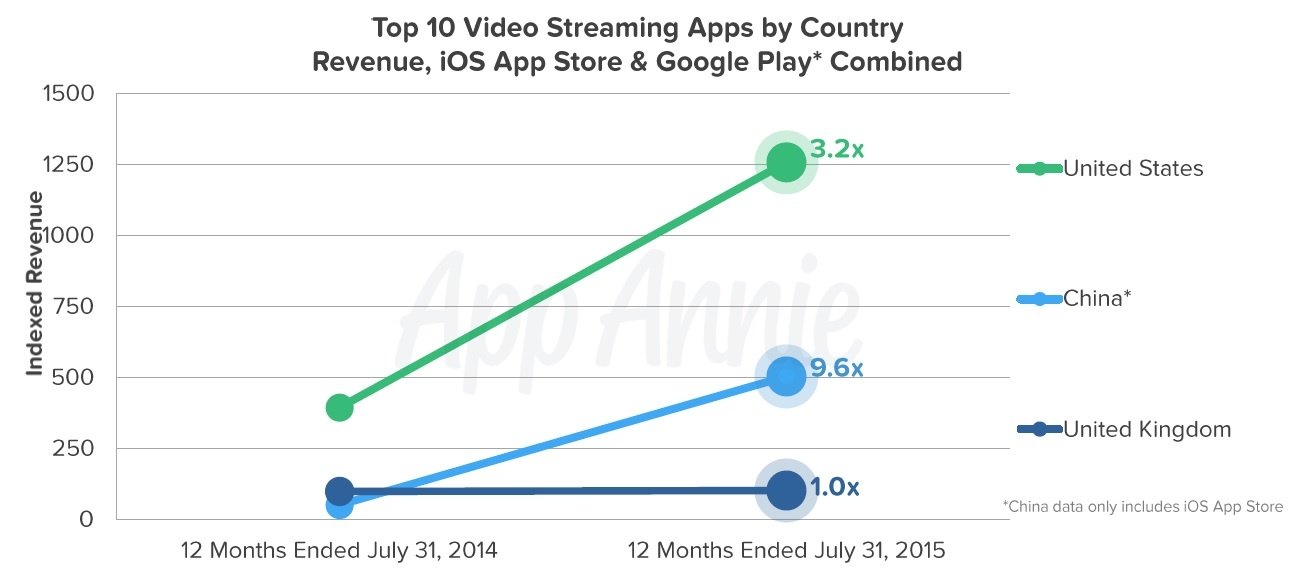
 Source: Mobile Video Streaming Takes off Globally, App Annie 2015
Source: Mobile Video Streaming Takes off Globally, App Annie 2015Engage your viewers now with live chat.
Globally, different markets lean towards different content types with a demand for niche content
While video streaming is growing rapidly everywhere, the global market is fragmented due to different content preferences and the differing industry structures of content providers and distributors. We especially see this varying trend in the Asian market where the types of services are diversified and many more innovative video streaming apps are rising.
 Source: Mobile Video Streaming Takes off Globally, App Annie 2015
Source: Mobile Video Streaming Takes off Globally, App Annie 2015- In the USA, the most popular video streaming services are Movies and Sports content and cable TV providers expand their territory to take off in the mobile space.
- In Korea, the most popular content types are free-to-air media content (TV broadcasting content, typically dramas and television shows), OTT (Over the top) video services provided by IPTV and Cable TV service providers and live-streaming shows where audiences are often interacting with the video jockeys.
- Also in Korea, you will find that the interactive nature of live streaming video and offering unique content is the evolving trend. This is due to the emergence of many new apps, the demand for niche content such as eSports, Meokbang (which is live-streaming while eating a large meal and interacting with their audience) and user created live streaming content hosted by video jockeys.
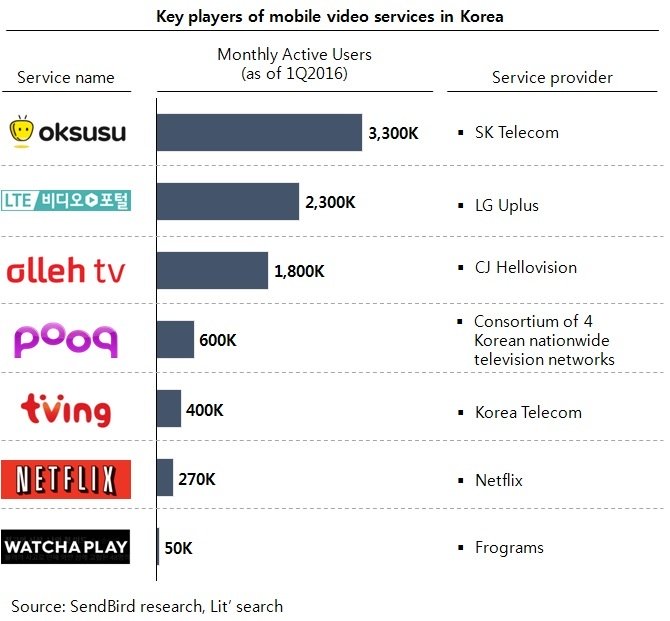
Competitive dynamics between free-to-air broadcasters (e.g. NBC in the US) and OTT video providers (e.g. Korean Netflix)
In Korea, people’s preference for free-to-air content like popular dramas and TV shows is so high that Korean television networks such as KBS, EBS, MBC and SBS came together as a consortium and created the N-Screen platform called POOQ.
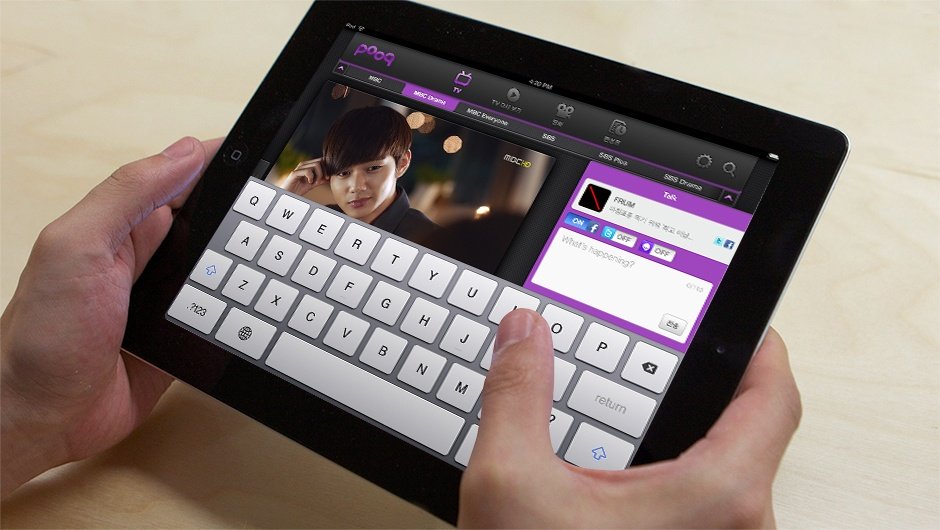 Source: POOQ (MBC)
Source: POOQ (MBC)However, due to the rapidly growing trend of cord-cutting and cable TV companies’ heavy involvement in content creation, more and more people started enjoying Cable TV content on their mobile devices. That led Cable TV/IPTV content providers to expand their business into OTT video services (such as LG U Plus’ LTE Video portal, Oksusu provided by SK Telecom and TVING by CJ Hellovision.)
The winning formula for live streaming apps: Unique content combined with interactive communication
Creating your video streaming app to appeal to the local target market, using both unique content and features has proven to be a winning strategy. South Korea has been the leader in Asia’s rapidly growing live streaming space.
AfreecaTV (short for “Any FREE broadCAsting”) is one great example of the success of live streaming in Korea. They started on the web in 2006 and secured broadcasting rights to broadcasting personalities, content creators and sporting events. However, AfreecaTV’s unique and most popular content comes from its live streams of jockeys eating (called “Meokbang” in Korean) while interacting with their viewers.

The key ingredient to AfreecaTV’s success revolves around its interactive platform. The rising number of solo diners can now have company to talk to while eating and users can even send the jockeys “star balloons” that can be redeemed for real cash. Now many jockeys are making a living live streaming and the app has been in the top 10 in downloads in Korea for the past year.
The success of AfreecaTV influenced many other companies to launch their own live streaming apps such as SK Telecom’s Hotzil and Pikicast Live. Hotzil’s app has channels on music, beauty, education, gaming and entertainment hosted by famous online personalities. They produce, promote and manage the creation of their video content and monetize via advertising revenue.
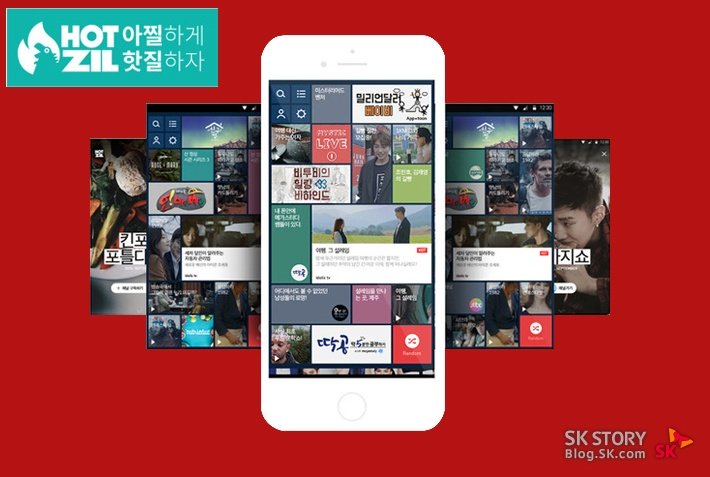
Pikicast is the most successful social curation media platform in Korea. It selects the best media content and broadcasts it on its mobile app or social media network with over 6 million monthly active users. Pikicast announced its real-time broadcasting service, Pikicast Live in May 2016 which allows their broadcasting jockeys to live stream content while interacting with their audience via live chat.
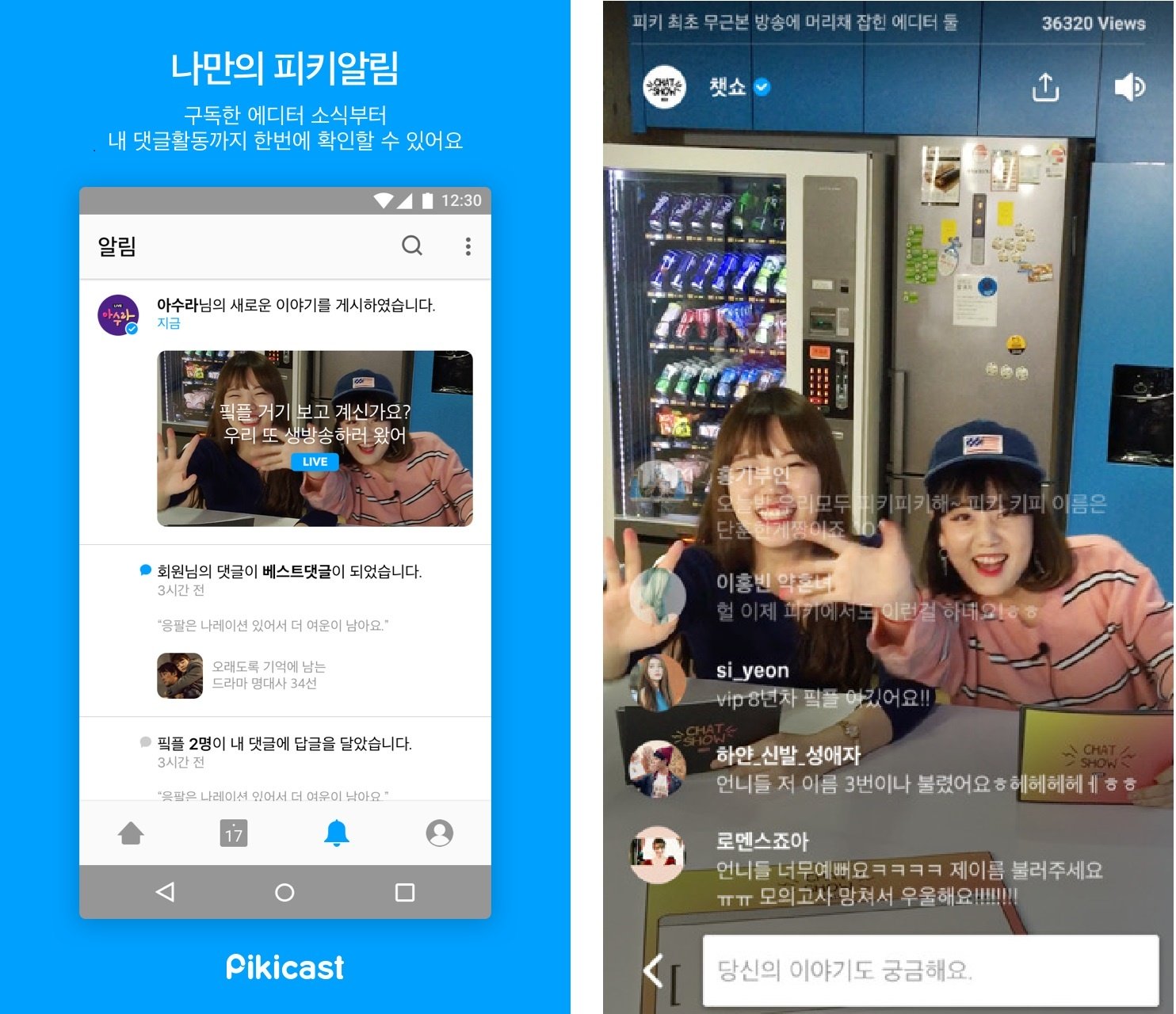
 Source: Screenshot of PikiLive
Source: Screenshot of PikiLiveLive streams of people gaming similar to Twitch.tv is also very popular in Korea, with one of the most popular apps being NEXON. They live broadcast their eSports leagues throughout the world such as FIFA online 3 tournament, Cartrider and Counter Strike while also providing interactive communication within the app.
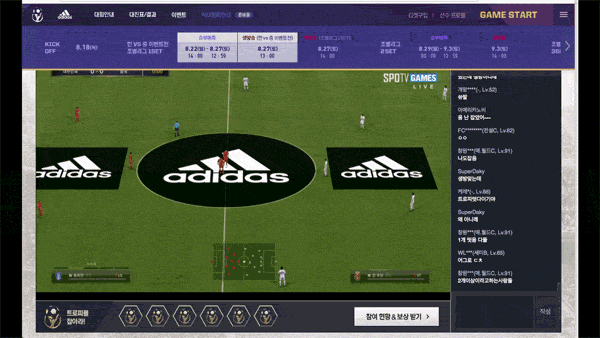 Source: NEXON Fifa Online 3 Tournament
Source: NEXON Fifa Online 3 TournamentContent preferences vary globally, but video streaming combined with interactive messaging is the key
All around the world video streaming apps are growing rapidly. In the US, YouTube and Twitch were the fastest growing apps last year. Live streaming video in the US is also growing immensely with apps like Periscope and Facebook Live, both of which have a key feature of interactive live messaging. A Facebook Live video of a woman wearing a Star Wars Chewbacca mask and laughing hysterically has now generated 160+ Million views. She even mentioned Kohl’s twice in the video and it quickly became the top app in the iOS App Store!
 Source: KPCB Internet Trends Report 2016
Source: KPCB Internet Trends Report 2016Whether you are watching your favorite sports team, TV show, or social media star, being able to interact with people while watching videos has proven to increase engagement, downloads and views. Integrating some form of in-app messaging is crucial to increasing engagement, retention, usage time and monetization. Luckily integrating these features isn’t as difficult as it used to be. Some services such as SendBird make it really easy to integrate in-app and live messaging (in as little as 5 minutes) with their Chat API that has features readily available for video streaming services. In fact, almost all of the Korean video streaming apps mentioned above have integrated in-app messaging or live chat using SendBird’s SDK and API.
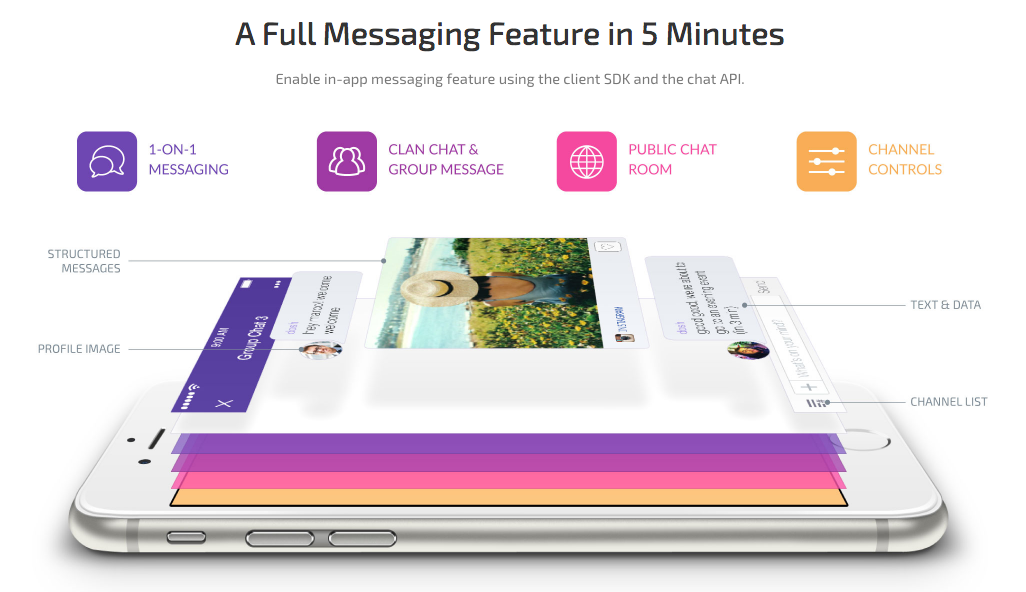 Source: SendBird feature
Source: SendBird featureWhile we aren’t yet sure if live streaming eating will become as big around the world as it is in Korea, we do know that video streaming combined with interactive messaging is the future. (Perhaps you should build the next AfreecaTV for the US!) Facebook and Snapchat daily video views has increased to 18 Billion daily videos per DAY and people are cutting the cord daily to consume video on their mobile devices. Content providers and TV companies in Korea such as LG U+TV have added in-app messaging and expect many of the US to follow suit very soon. Video streaming has become a global phenomenon and this is only the beginning.



